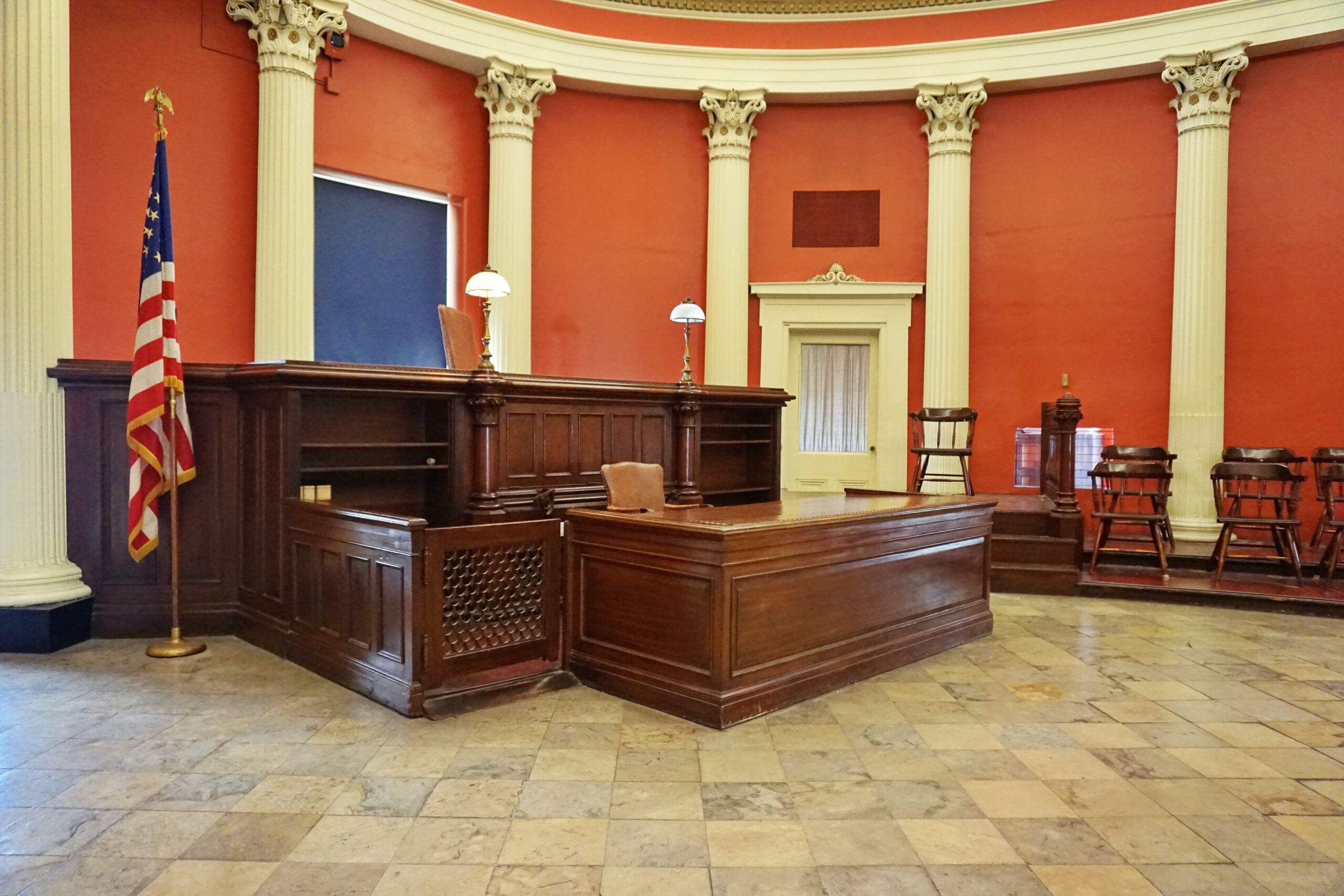Genuine Issue or Genuine Dispute – What’s the Difference?
In 2021, the Supreme Court of Florida amended the text of Rule 1.510 of the Florida Rules of Civil Procedure to bring it in line with Rule 56 of the Federal Rules of Civil Procedure, and to thereby provide Florida litigants and judges with “the full benefit of the large body of case law interpreting and applying federal rule 56.” In re Amends to Fla. R. of Civ. Pro 1.510, 317 So. 3d 72 (Fla. 2021). Initially, the Court had determined to limit its amendments to revise one word: “The judgment sought must be rendered immediately if the pleadings and summary judgment evidence on file show that there is no genuine dispute as to any material fact and that the moving party is entitled to a judgment as a matter of law,” and to add the following sentence at the end of Rule 1.510(c): “The summary judgment standard provided for in this rule shall be construed and applied in accordance with the federal summary judgment standard articulated in [Celotex].” Id. at 74. However, after receiving comments and hearing oral argument, the Court decided to instead re-write the rule and adopt the text of the federal summary judgment rule wholesale.
Under the old Florida rule, a movant faced a heavy burden of affirmatively showing that the respondent could not possibly prove its case. Visingardi v. Tirone, 193 So. 2d 601, 605 (Fla. 1966). The old rule required a movant to affirmatively identify “affidavits, answers to interrogatories, admissions, depositions, and other materials as would be admissible in evidence” sufficient to entirely negate the respondent’s claim. Id.; Fla. R. Civ. P. 1.510(c). The new rule, by contrast, is “far from stringent” and can be “regularly discharged with ease.” In re Amends., 317 So. 3d at 77. A Florida movant’s evidentiary burden is now akin to the directed verdict standard – “whether the evidence presents a sufficient disagreement to require submission to a jury.” Id. at 75. In the same vein, if the moving party does not bear the burden of persuasion at trial, the movant can meet its burden even without setting forth evidence by pointing out that the nonmoving party lacks evidence necessary to prove an element of its claim. Id. And finally, the correct test for the existence of a genuine dispute of fact is simply whether “the evidence is such that a reasonable jury could return a verdict for the nonmoving party.” Id. at 77 (quoting Anderson v. Liberty Lobby, Inc., 477 U.S. 242, 248 (1986)). Gone are the days of Florida jurisprudence when summary judgment could be defeated by any competent evidence. Now, “[w]hen opposing parties tell two different stories, one of which is blatantly contradicted by the record, so that no reasonable jury could believe it, a court should not adopt that version of the facts for purposes of ruling on a motion for summary judgment.” Id. at 75–76 (quoting Scott v. Harris, 550 U.S. 372, 380 (2007)).
Author: Peter Klock
![]()
